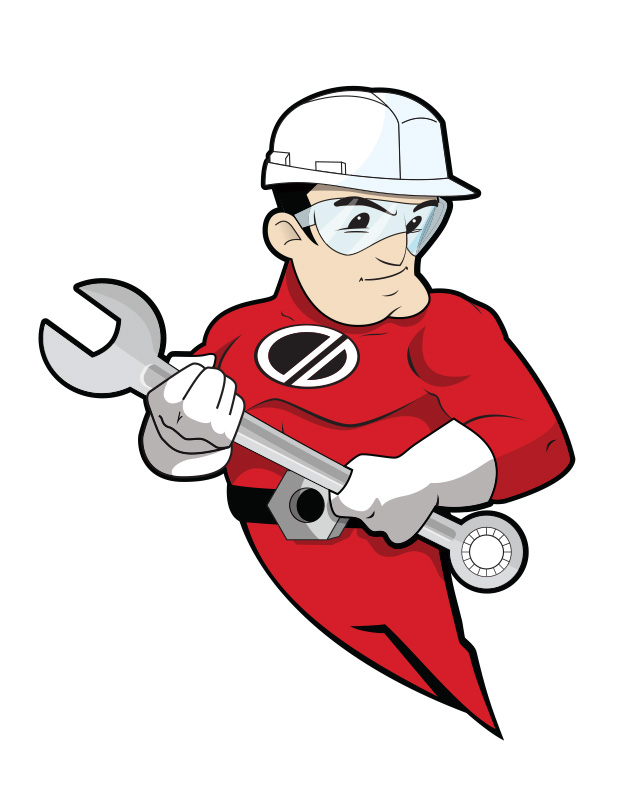CONVENTIONAL BOLTING
WITH THE LITHIUM TOOL
L’outil HYTORC Lithium est facilement configurable pour l’application de torque pour le boulonnage (ou serrage) conventionnel à l’aide d’une douille (socket) et d’un bras de réaction. Toute la série des JGun Lithium : Jgun Single Speed, Dual Speed et Jgun Digital sont disponibles à l’achat et la location chez COFA.
You can follow all COFA Hytorc’s activities on Linkedin
LITHIUM TOOL OPERATION
To ensure quality conventional bolting, follow the steps for using the Lithium torque tool properly. Insert the torque arm by aligning the screw with the flat provided for this purpose. Tighten the screw to secure it and check that it is properly seated. Always ensure that you have the correct torque arm for the job to be done, as the safety of the user is at stake. A standard Hytorc socket is easily installed for conventional tightening. Ensure that the “O ring” is already on the socket. Insert the socket making sure that the holes are well aligned, put the rod (pin) and the “O ring” to hold it.
Turn on the tool by pressing a button under the screen. Adjust settings and select from menu ‘reaction type’ or ‘fastener type’. For conventional use select RH or LH for Right Hand or Left Hand. If necessary push firmly on ‘Rundown’ to make the first rapid approach to the nut. Position the back-up wrench to prevent the nut opposite the tightening from turning. Push the earth selector to ‘Torque’ to seat the socket on the nut ensuring it is fully penetrated. Check that the reaction arm is firmly seated on the chosen surface before ‘torquing’.
The torque tool that keeps your hands safe when bolting
To begin tightening, press and hold the trigger. A message will appear on the screen, asking the operator to press a button at the bottom of the screen to ensure that the hands are out of reach and safe. (see our article on hand safety). As soon as safety is verified, the tool will start to rotate and the reaction arm will come to rest. This will cause the tool to begin applying torque. Hold the trigger until the tool has reached the desired torque. (Torque defined by the torque chart of the work to be performed) If an angle has been set to the tool, it will do so automatically, after a short pause. The return angle (or release angle) will be done automatically after a short delay. Hold the trigger until the reaction arm is completely released. Without the “release angle” the tool could remain engaged and stuck. If this happens, put the tool in “loosen” loosening mode and release the tool. Then repeat the tightening steps.
Maximum torque wrench force
The tool develops its maximum capacity when in “Loosen” mode, providing powerful loosening force. Press the center toggle button to see “loosen”. Install a back-up wrench to hold the opposite nut and install the tool and socket onto the nut. Check that the reaction arm is seated securely. Press and hold the trigger to apply torque and loosen the nut.
When the tool starts, the reaction arm will move and come to rest firmly on the contact surface.
If you have any questions, you can contact a member of the COFA team

